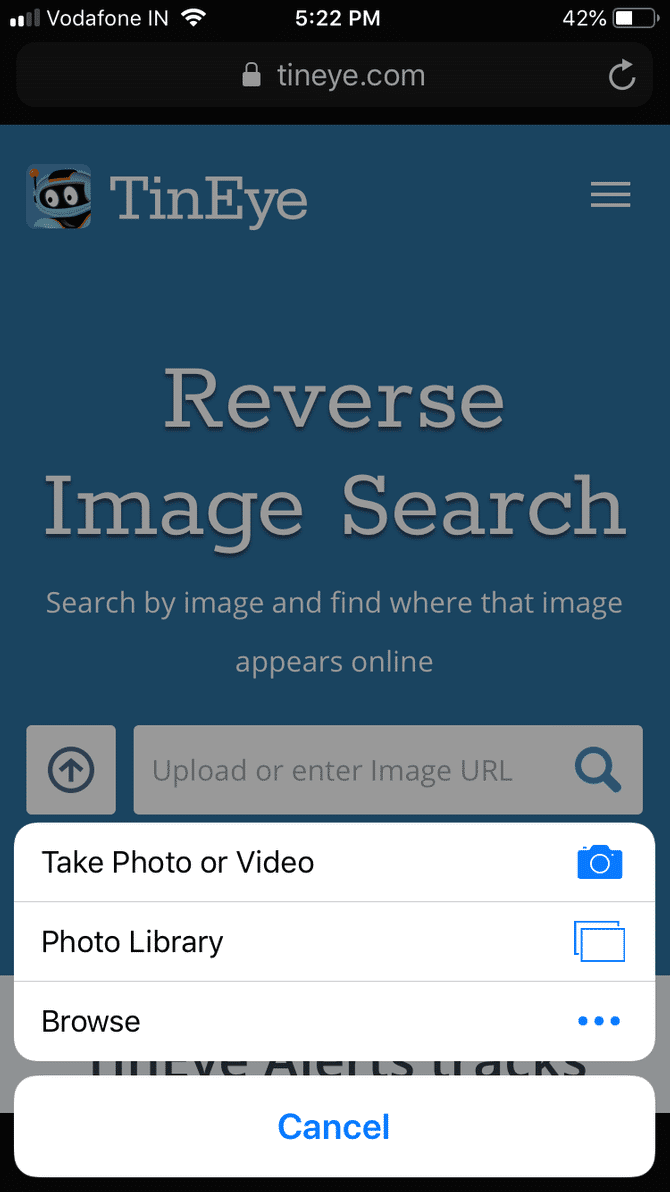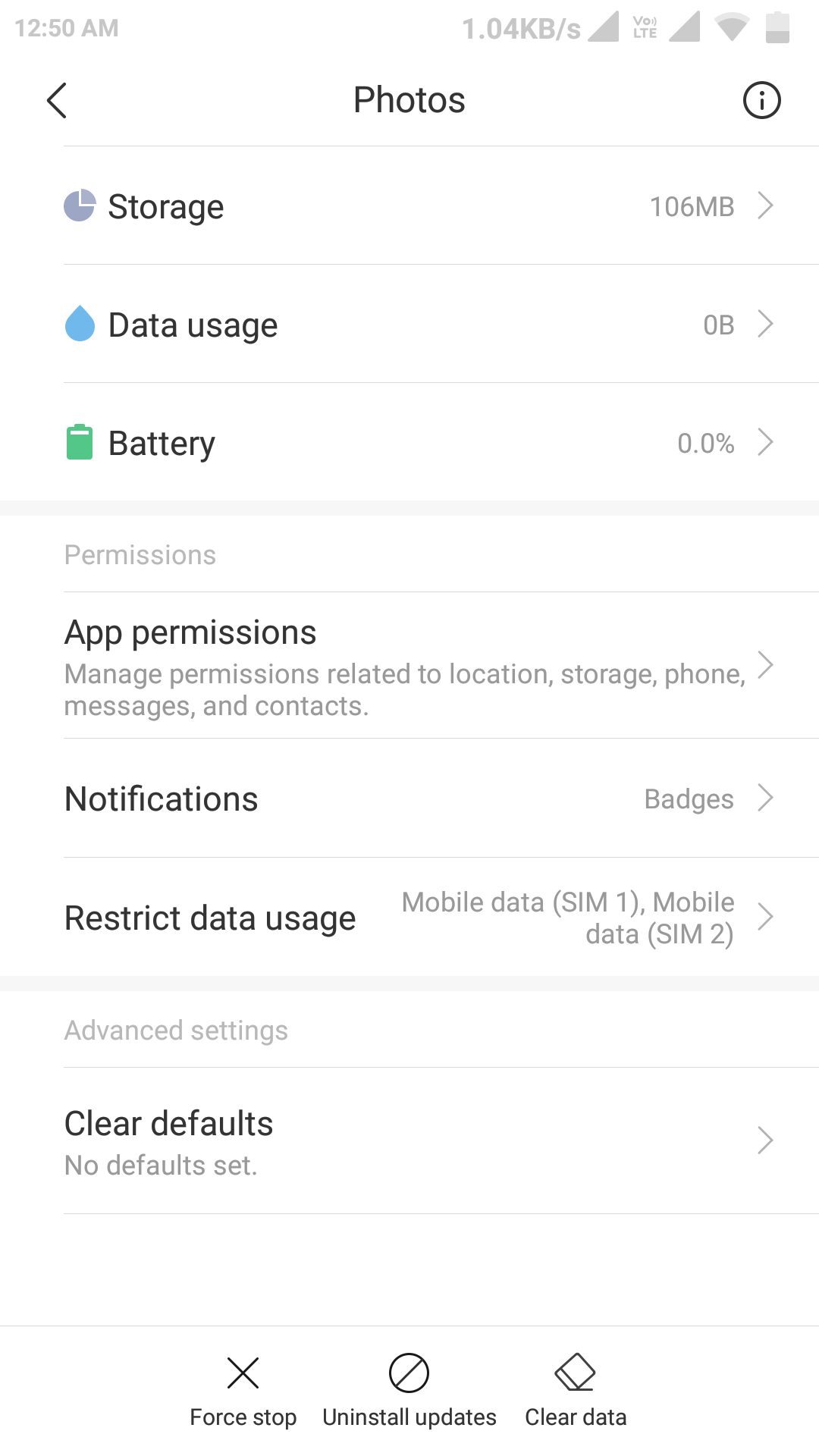



This effectively removes the need for a user to guess at keywords or terms that may or may not return a correct result. In particular, reverse image search is characterized by a lack of search terms. Reverse image search is a content-based image retrieval (CBIR) query technique that involves providing the CBIR system with a sample image that it will then base its search upon in terms of information retrieval, the sample image is very useful in its ways. The fact that such a service is possible doesn’t make it a worthy use of an engineer’s time and expertise.Reverse image search using Google Images. We’re thinking: We’re all poorer when merely posting a photo on a social network puts privacy at risk. It also adds fuel to efforts to regulate face recognition, which could result in restrictions that block productive uses of the technology. Why it matters: The widespread ability to find matches for any face online erodes personal privacy.
Exposing.AI uses face recognition to warn users when their Flickr images are used to train an AI model. The Russian app FindFace, which is used by government officials to track political dissidents, earned notoriety in 2016 when people used it to identify women who had appeared anonymously in pornography. Google’s FaceNet, released in 2015, has become the basis of many face recognition tools. It does not identify any of its personnel, and it answers questions via email through an anonymous spokesperson.īehind the news: Free online face matching is part of a broader mainstreaming of face recognition and tools to counter it. PimEyes, which is registered in the Seychelles, has declined interviews with several news outlets. Cyberstalkers on 4Chan have used it to stalk women photographed in public, and activists on Twitter have used it to try to identify people who stormed the U.S. The service doesn't verify user identities, leaving it ripe for abuse. The company claims its accuracy is around 90 percent. Paying subscribers can see the web address of any images found and receive alerts when the system finds new matches. The company compares the geometry of faces in pictures uploaded by users to those in its database and returns any matches. It claims not to crawl social media sites, but images from Instagram, Twitter, and YouTube have shown up in its results. How it works: PimEyes has extracted geometric data from over 900 million faces it has found online. The company says it aims to help people control their online presence and fight identity theft, but privacy advocates are concerned that the tool could be used to monitor or harass people, The Washington Post reported. 
What’s new: Face recognition tech tends to be marketed to government agencies, but PimEyes offers a web app that lets anyone scan the internet for photos of themself - or anyone they have a picture of. A secretive start-up matches faces online as a free service.








 0 kommentar(er)
0 kommentar(er)
